How to safely and legally fly a drone
Essentials tips for your drone
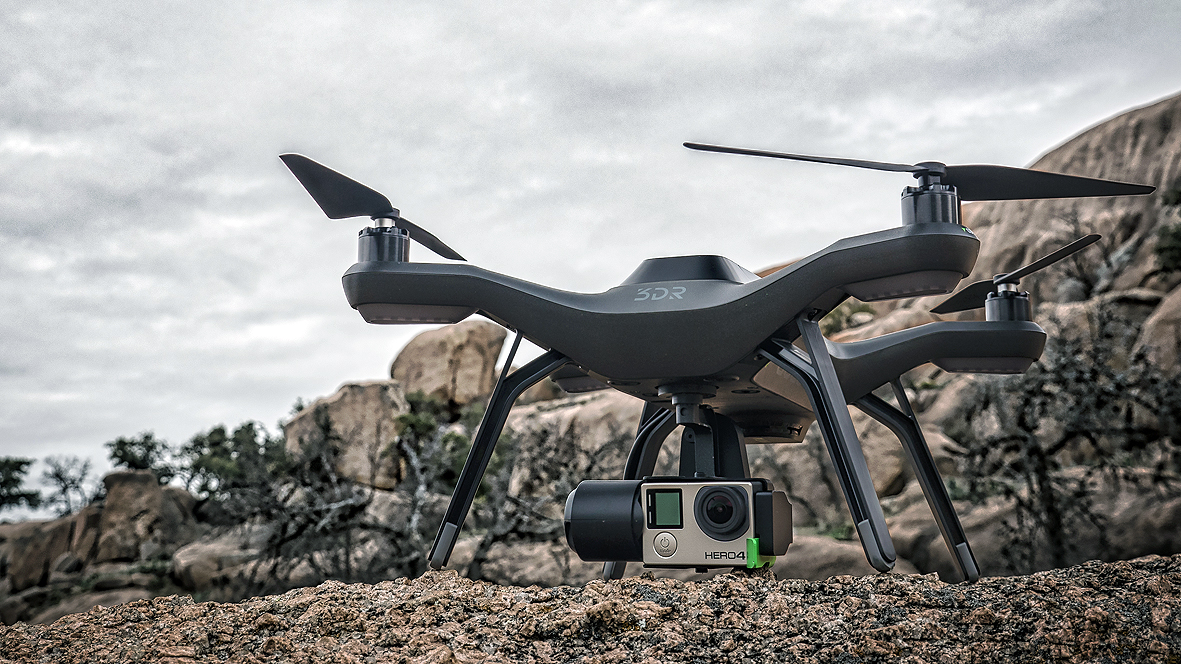
Drone safety
Drones are great fun and easy to fly, but as the small airborne craft have become increasingly popular, so has the number of incidents and near misses. It's easy enough to dismiss the issues as someone else's problem and unlikely to happen to you, but if you don't regularly maintain your drone then it's surprising how quickly you could find yourself in trouble.
Regular checks for damage and general maintenance are as essential as charging the batteries, for example a chipped propeller can lead to an uneven or uncontrollable flight.
Equally, ensuring you understand the crafts' options such as the 'return to home' feature will help ensure that if things do go wrong then you'll still be able to recover your drone safely. Here are a few tips, checks and options that you should carry out on a regular basis.
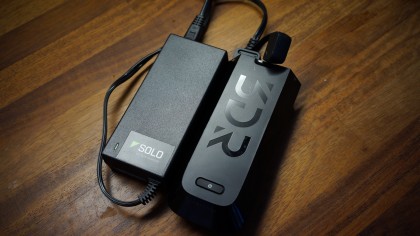
1. Power up
When your new drone arrives you'll notice that the battery will be at about 40% charge. The reason is that this percent has been found to be the best capacity for storage, so if you know that you're going to store your drone for a while then give your batteries a charge and then run them to around 40% before storing.
LiPo (lithium polymer) rechargable batteries are notoriously fickle and do need to be looked after, on first charging from new you should ensure that they are charged at normal speed without using the fast charge settings. Then after the first few flights only run the battery to around 50% discharge before recharging.
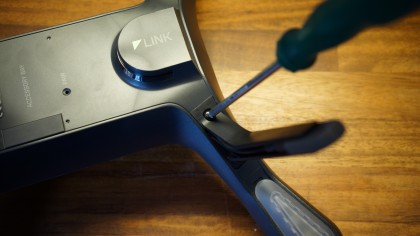
2. Drone maintenance
The small brushless motors are exceptionally powerful and although the footage from the latest drones such as the 3DR SOLO look smooth, remove the gimbal and you'll instantly see the effects of the motors' vibration.
This vibration doesn't just affect video quality. Over time the vibrations will also work loose the small screws and bolts that hold the drone together. Before each flight it's worth quickly checking all screws are present as well as giving the drone a once over for missing feet, cracks and any signs of damage.
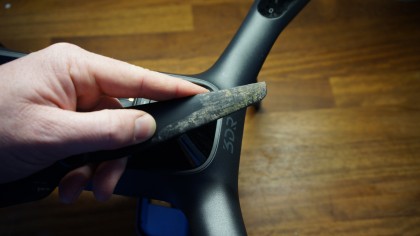
3. Propeller Safety
The propellers are one of the most important parts of the drone and should be checked every flight as damage isn't always initially apparent. Make sure that there are no cracks, chips or dirt anywhere on the blades, if there is dispose of the propeller and order some more.
Cracks and chips are the most obvious signs of damage but also check for warping as this will equally affect flight. After a session make sure you wipe the propellers clean and if possible re-box or place them in a case where they will be properly protected.
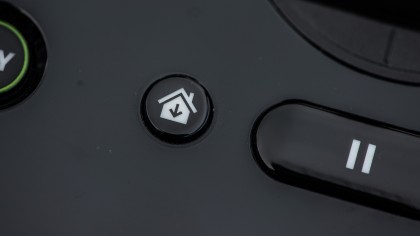
4. Get back home safely
Return to Home (RTH) is one of the most important features the drone has, enabling it to fly back to a set point with the touch of a button if you get into trouble. Most drones such as the 3DR SOLO will set this point as the drone takes off, but it is often possible to set this point manually.
If you do lose sight of the drone, conditions suddenly change, or you lose control, then you can hit the RTH button and the drone will return. This feature also kicks in if the battery dips below the minimum safety level.
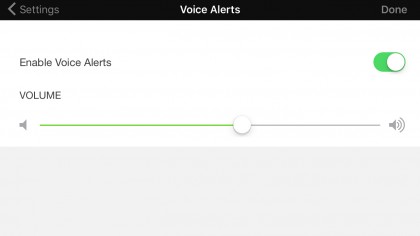
5. Set up warnings
One of the most common problems with flying drones is battery life as these small radio controlled craft have a huge current draw. This means that even with the latest LiPo cells you can only expect to get a maximum of 30 minutes flight, although more realistically this is usually between 15 and 20 minutes.
Most drones will set a minimum battery level warning that will alert you when the battery is getting low, but if you can set this manually then 25% is a good figure. Drones such as the 3DR SOLO set 10% as the critical level at which point the drone will automatically return to home to avoid being lost or damaged.
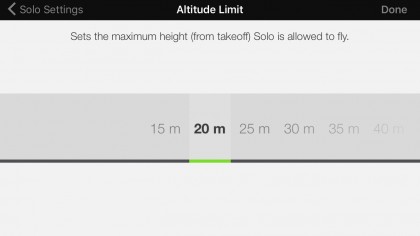
6. Set limits
GPS and countless other sensors within the drones make them incredibly easy to fly, even if you've never flown before. However, the confidence that these sensors give can lure you into a false sense of security and if GPS is lost then the drone will quickly revert to manual mode.
This makes the craft far more difficult to control especially for new pilots so it's a good idea when starting out to set height and distance limits until you feel confident. These can be set manually within the mobile app or there is usually a beginner mode that will set these automatically.
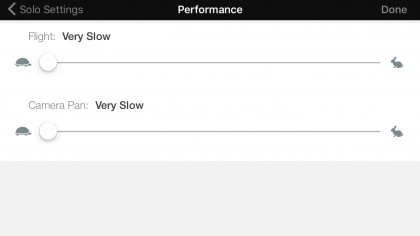
7. Set the speed
A drone unleashed can reach speeds above 40 miles an hour without to much effort, and at these speeds it doesn't matter how many auto features your drone has you'll still need the skill to control and stop the drone.
One of the most useful adjustments for many drone pilots is the speed setting and this is usually split into two. The first setting will alter the physical speed of the drone as you fly back and forth, the other is the panning speed. This should be increased if you need to turn sharply, although if you're using your drone to film then it's usually best to keep this at the slowest setting.
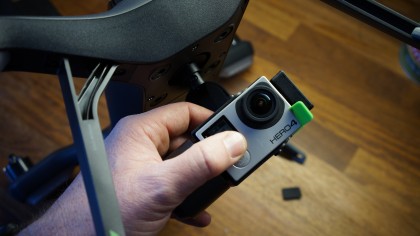
8. Visual contact
It's advised that you never fly the drone out of visual sight, however even when in sight it can often be difficult to ascertain exactly in what direction the drone is flying. Having a camera on board isn't just a good for filming but is also an essential part of flight safely.
On those occasions when you do lose all sense of depth perception, then a quick check of the live view from the drone to your mobile device is an easy way to re engage with the drone and make sure that it is flying in the correct direction.
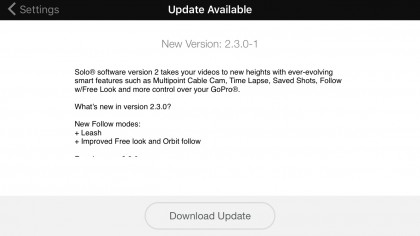
9. Keep software up to date
All drones are constantly being updated with new advanced features, and these updates are highlighted automatically when you switch on and connect to your mobile app. Before setting out always give yourself enough time to check for updates and get them installed and tested.
You'll often find that an update will be available for the drone, handset and app at the same time and that these will all need to be updated or you'll find that certain features will be locked - or in the worst case scenario your drone will be grounded.
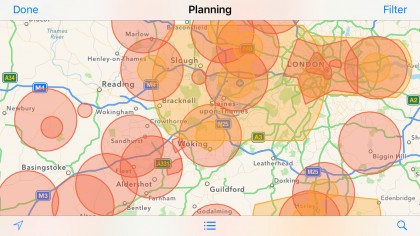
10. Pay attention to app safety warnings
A relatively recent addition to almost all apps is the safety warning section, and this should appear on the mobile app as soon as it is switched on. This will show you information about the area that you're in and will show your exact location on a map.
This map will also highlight whether you're about to fly in restricted air space or by an airport. For some locations you'll see a highlighted warning that will supply more details about the area including direct telephone numbers to the local airport that you can phone to make sure that the location you've selected is safe.
Stay safe
If you've own a drone and would like to know more about how and where you can fly then check out the Fly ICARUS course run by the guys at Aerial Motion Pictures. http://www.flyicarus.co.uk/
The course outlines everything you need to know about flying your drone for recreational use. You'll discover where it's safe to fly and the team leading the course will demonstrate a variety of best practices and show you how to keep your drone and equipment in the best flight ready condition.
If you're looking to fly a drone for commercial use then you'll need a Permission for Aerial Work (pfaw) certificate or equivalent licence for your territory. For more details on courses check outhttp://www.aerialmotionpictures.co.uk/ and the ICARUS course.